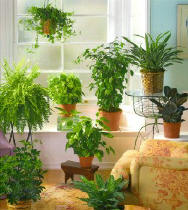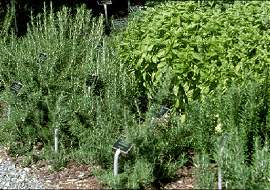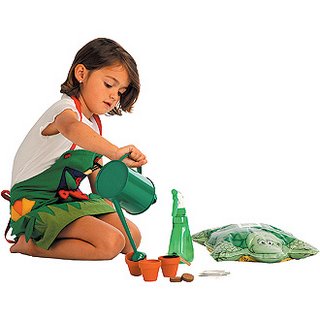Save Time And Labor With A Garden Hose Reel

People love to garden. Over a wide expanse of lot area, it is practically irresistible for a home owner not to incorporate garden designs within his fence. But, designing a garden is just the beginning. Once the Bermuda grasses have been firmly laid down and patches of tulips, roses and sunflowers artfully placed here and there, the careful gardening then starts. This is when extra time and effort is required from the owner to maintain the beauty of the garden. Some people call this process an art while others call it a science.
Over the years, gardening has not improved much. Gardening tools are the same tools that we have gotten used to twenty years ago. Improvements are mostly focused on easier handling of the soil and the flowers or plants. Pots have been modified from clay to one that is made of rubber from tires, but mostly due to environmental reasons, while fertilizers were used to improve the condition of the soil.
But one garden tool that had undergone a major revamp is a garden hose, the most used tool among the gardening tools. Called the garden hose reel, this tool eliminates the tangle mess caused by a common hose. With a retractable reel, the garden hose is kept straight at all times while it sprinkles cool water on a bed of Dahlias or pots of Sunflowers.
Moisture cracks are the most common problem with common garden hose. The cracks are usually caused by inappropriate bending of the hose itself. These cracks usually appear along the length of the hose after a few months of usage. When they do appear, a new set of hose has to be purchased. But with a garden hose reel, cracks are not a problem. They are designed to be more flexible when bent. Besides, the usual problem of rolling and unrolling is solved by use of this handy tool.
Gardening has never been more convenient and more manageable with the arrival of new technology, simple as it may be. The latest innovation implemented on the outdoor hose reel is an automatic rolling and unrolling action. The retractable reel is similar to the hoses they use in fire departments. This is clearly an effort to further improve the handling of the garden hose reel. People say that an art can be differentiated from a science when change disappears. Change is what makes it a science and without change it will become an art that will be passed from generation to generation. From the common bucket to the retractable garden hose reel, gardening is more a science than an art.
Article Source: http://www.article-exposure.com
Now there is a gallery of powerful information yours for the taking. Decide now to reduce stress and improve the quality of your life. Click here: Automatic Hose Reel






